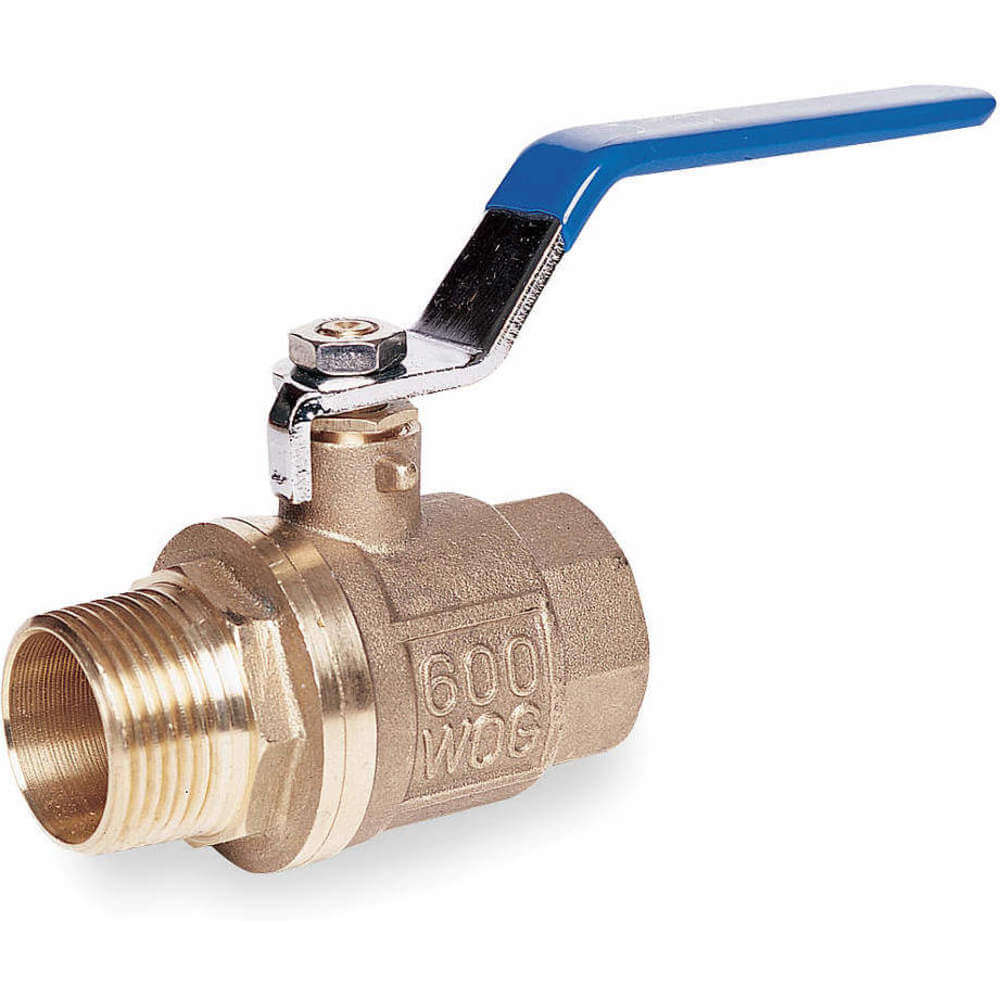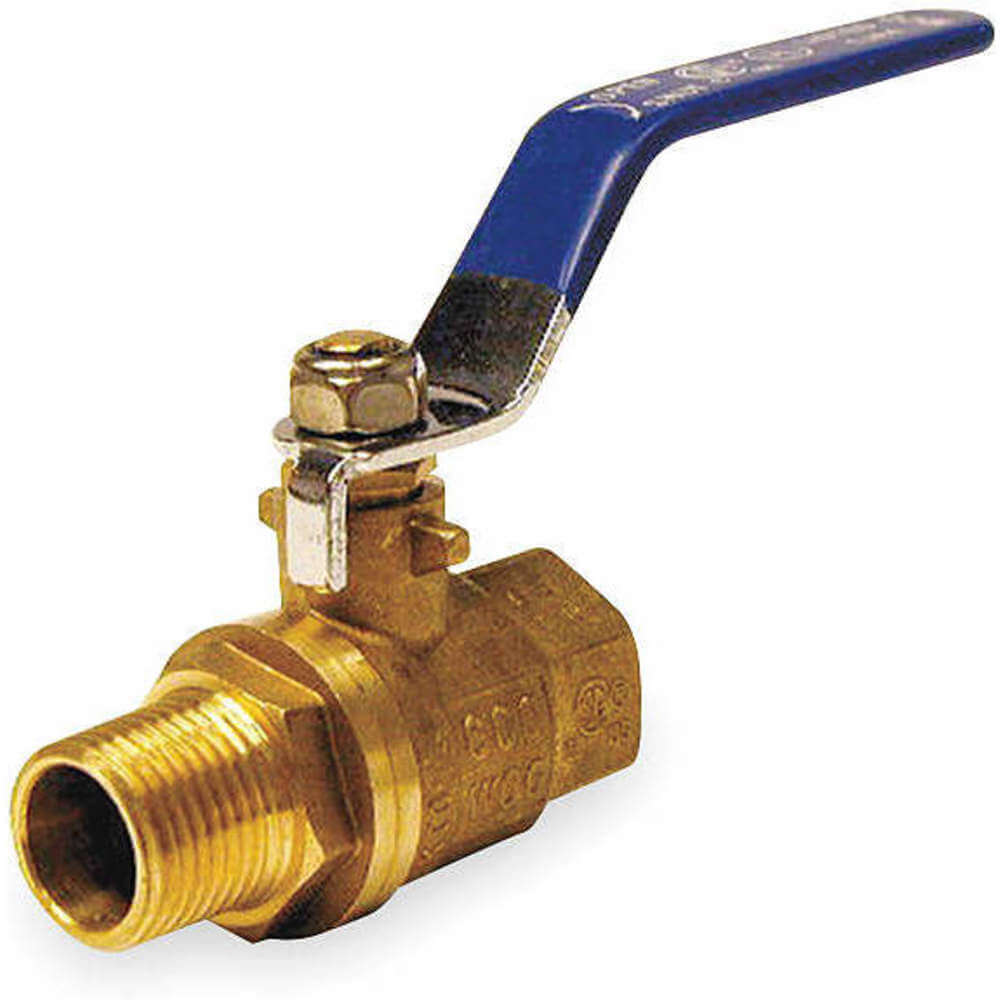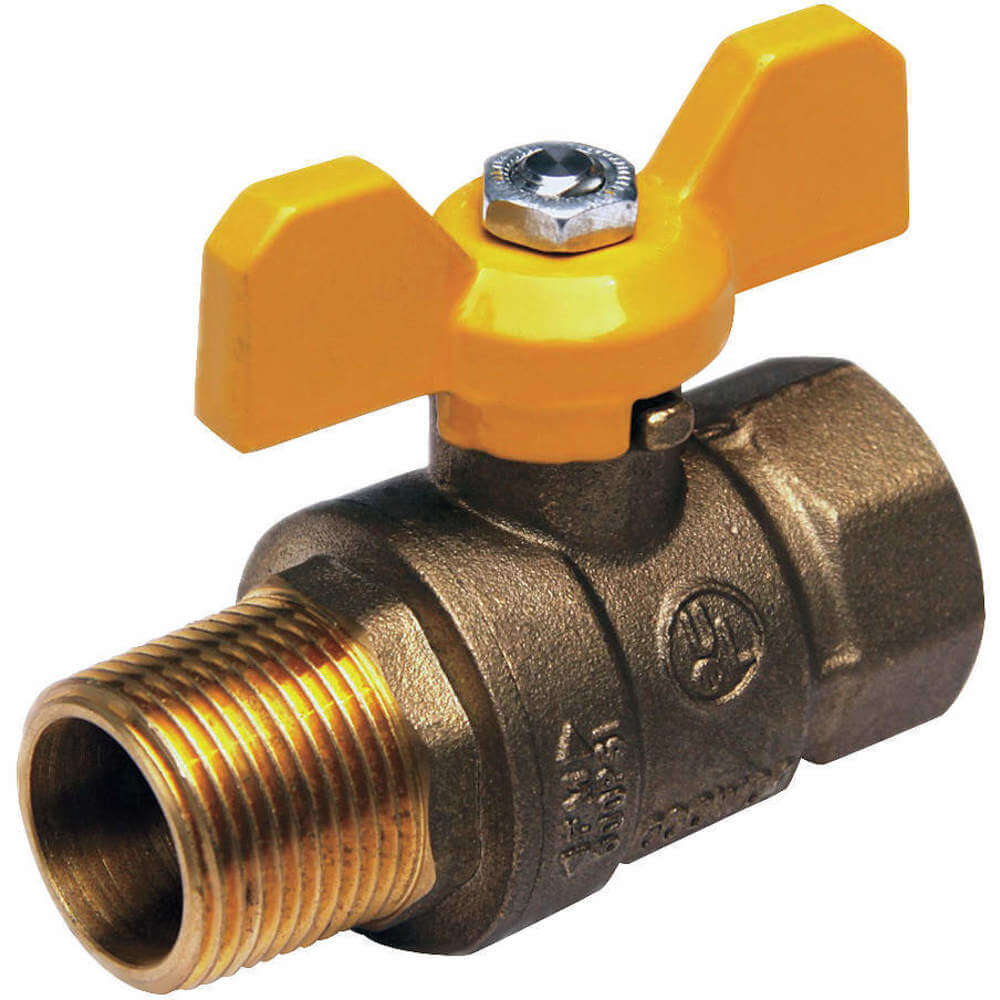6GD24 brass ball valve is used to control the flow of fluids (liquids or gases) through a pipe or a system. It provides a quick and tight shut-off, minimising leakage when fully closed.
Working Mechanism:
- The ball valve consists of a hollow, perforated ball that has a hole or a bore in its centre.
- When the bore aligns with the pipe or system, fluid flows through the valve.
- The bore becomes perpendicular to the pipe when the ball is rotated by the valve handle, blocking the flow and shutting off the valve.
Features:
- 6GD24 brass ball valve is made of an alloy of copper and zinc for malleability and corrosion resistance.
- This ASTM-compliant valve has PTFE seals to avoid leaks.
- It has a carbon steel handle to adjust its position.
- This inline unit fits directly into the existing pipeline, ensuring easy installation.
Compatible Accessories:
Frequently Asked Questions:
Q. How do I select the right ball valve for my application?
A.
- Consider factors, such as the type of fluid or gas, pressure & temperature requirements, pipe size and flow control needs.
- Choose a ball valve material compatible with the media and operating conditions.
- Determine whether a full port or reduced port valve is appropriate based on the desired flow capacity.
Q. How do I maintain and repair a ball valve?
A.
- Regularly inspect the valve for any signs of leakage, corrosion or damage.
- Lubricate the valve stem and other moving parts.
- If necessary, replace worn-out seals, seats or other components.
Q. What is the difference between a floating ball valve and a trunnion ball valve?
A. In a floating ball valve, the ball is free to move or float within the valve body. The sealing is achieved by the pressure of the fluid against the ball. In a trunnion ball valve, the ball is supported by trunnions (stems) at the top and bottom, reducing the stress on the ball and providing additional support.
 Change Country
Change Country


